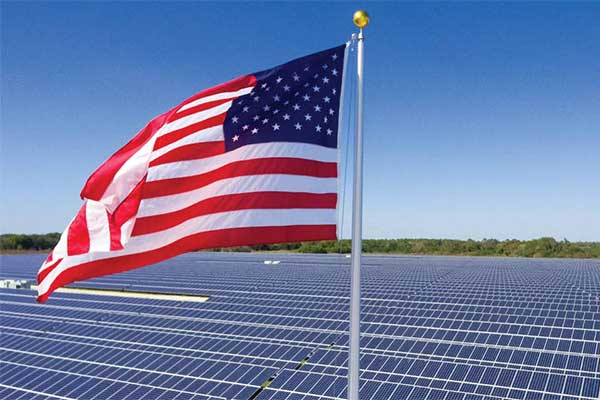According to the Energy Information Administration (EIA) in its short-term energy outlook (STEO), renewable energy will be the fastest-growing source of electricity generation in 2020.
EIA expects the electric power sector will add 23.2 gigawatts (GW) of new wind capacity and 12.9 GW of utility-scale solar capacity in 2020.
However, these future capacity additions are subject to a high degree of uncertainty, and EIA continues to monitor reported planned capacity builds.
The report also says electricity consumption in the U.S will drop 3.4 percent in 2020 as coronavirus lockdowns caused businesses to close, reported by Reuters.
It notes that both nuclear and renewables will top coal for the first time in 2020.
EIA projected retail power sales will drop to 3,623 billion kilowatt-hours (kWh) in 2020 from 3,750 billion kWh in 2019 before rising to 3,655 billion kWh in 2021.
Electricity sales to the residential sector will hold steady in 2019 and 2020 as mild weather reduces heating and air conditioning use even though government lockdowns are causing many people to stay home.















Comments